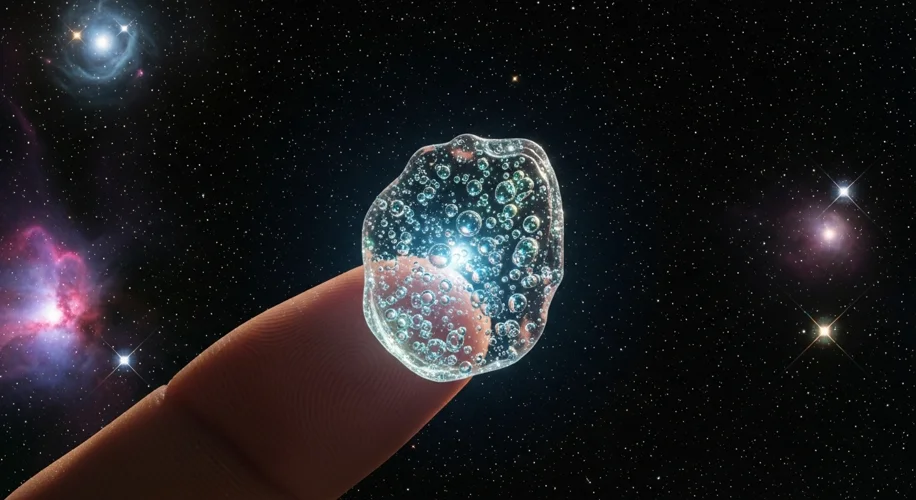Did you know that tiny specks of dust from outer space, which land on Earth every day, can actually tell us about the air our planet breathed millions of years ago? It sounds like science fiction, but it’s a fascinating reality that scientists are exploring.
Scientists have discovered that certain types of cosmic dust, specifically those formed from materials ejected from stars, contain traces of the Earth’s ancient atmosphere. This isn’t just any dust; we’re talking about dust that has traveled light-years, originating from the explosive deaths of stars or other celestial events. When these cosmic particles enter our atmosphere, they can trap tiny bubbles or incorporate elements that reflect the composition of the air they passed through or the environments they originated from.
The key to unlocking these atmospheric secrets lies in studying the oxygen isotopes within these cosmic dust particles. Isotopes are variations of a chemical element that have different numbers of neutrons. For oxygen, these variations (like Oxygen-16, Oxygen-17, and Oxygen-18) can act like a fingerprint, revealing information about the temperature and conditions under which they formed.
When these extraterrestrial dust grains interact with Earth’s atmosphere, they can pick up or reflect the isotopic signatures of our planet’s air at that specific time. Over vast geological timescales, these dust particles act like tiny time capsules. By analyzing the oxygen isotope ratios in these ancient dust samples, scientists can potentially reconstruct snapshots of Earth’s atmospheric composition from eons ago.
Why is this important? Understanding past atmospheric conditions helps us piece together Earth’s climate history. It’s like finding fragmented records of our planet’s climate journey. This information is crucial for refining our climate models and understanding how Earth’s climate systems have responded to changes over millions of years. It provides a broader context for the climate changes we’re experiencing today.
For me, this research highlights the interconnectedness of everything in our universe. The very dust from distant stars can hold clues about our own planet’s past. It’s a powerful reminder that the Earth’s systems are not isolated but are part of a much larger cosmic dance. Studying these ancient air traces in cosmic dust offers us a unique, albeit indirect, way to look back and understand the long-term evolution of our atmosphere, which is, of course, fundamental to life as we know it.

